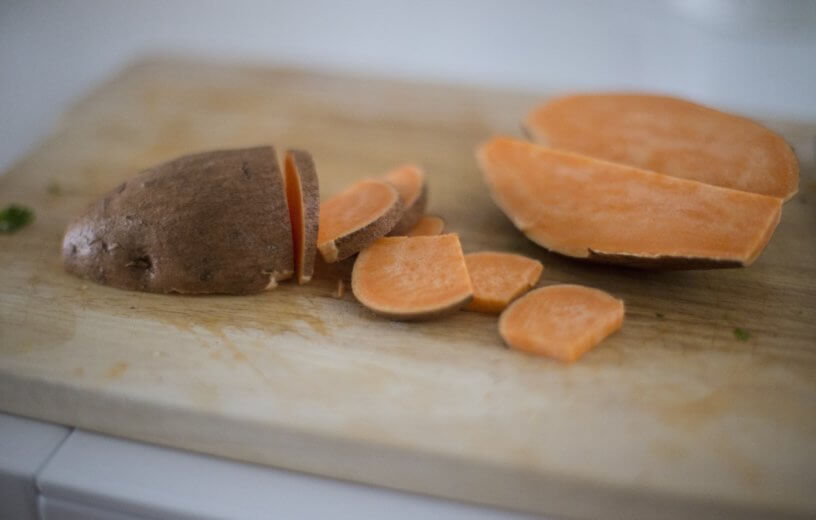BLOOMINGTON, Ind. — There has been a new development in the mysterious history of the sweet potato and the ancient trans-pacific voyages it may have been on.
While scientists have long thought the tasty tuber was native to the Americas, new evidence is pointing to an Asian origin. This both adds clarity and complicates what we already knew about the vegetable and its role as a clue to possible prehistoric ocean crossings.
The discovery that upended common knowledge was made by Gaurav Srivastava and Rakesh Mehrotra, of India’s Birbal Sahni Institute of Palaeosciences, who found some very special fossils in the northeastern Indian state of Meghalaya. Their colleague, Indiana University paleobotanist David Dilcher, identified the 57-million-year-old leaf fossils as being part of the morning glory family. This family includes many plants, one of which is the sweet potato.
“I think this will change people’s ideas,” Dilcher said in a press release on the discovery. “It will be a data point that is picked up and used in other work where researchers are trying to find the time of the evolution of major groups of flowering plants.”
Moreover, the discovery adds a new twist to an ongoing mystery involving Peru and Polynesia. While separated by thousands of miles of open ocean, a commonality in their languages has long stimulated the imaginations of historians and scientists.
“One Polynesian word for sweet potato — ‘kuumala’ — resembles ‘kumara,’ or ‘cumal,’ the words for the vegetable in Quechua, a language spoken by Andean natives,” writes NPR reporter Michaeleen Doucleff in her 2013 article, How The Sweet Potato Crossed The Pacific Way Before The Europeans Did.
Doucleff points to then-breaking DNA research also suggesting ancient Polynesians interacted with native South Americans far previous to European visitations. But, while that research fueled speculation that seafaring Polynesians brought sweet potatoes back with them following such a trans-pacific visit — this new discovery seems to suggest it’s possible they actually took the sweet potato to South America, rather than from it.
Nearly twice as old as the oldest morning glory fossils previously found in South America, these newly discovered relics are an extremely rare find as the soft structure of their leaves are not easily preserved.
“The leaves we studied are in the genus Ipomoea, and the genus Ipomoea includes sweet potato,” said Dilcher. “But we don’t know that these were sweet potatoes. We can’t say there were delicious sweet potatoes there. There may have been, or there may not.”
As the world’s second most important root crop, the researchers noted that theories about the plant’s origins bear not only scientific importance, but also are culturally significant.
The paper detailing Dilcher and his colleagues findings was published in the Proceedings of the National Academies of Science.
